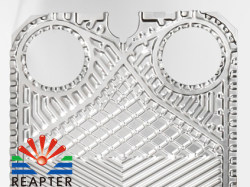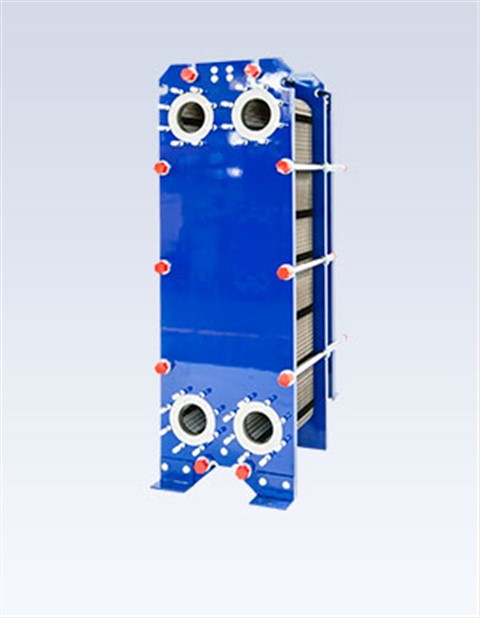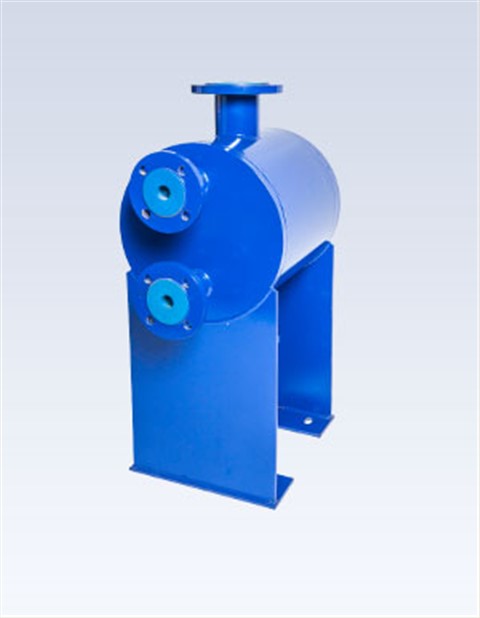The material of heat exchanger plate has an important impact on the service life and performance of heat exchanger. Therefore, it is particularly important to select the appropriate heat exchanger plate according to different media. So what kind of medium and material is suitable? Let's explain some common cases.
1. 304 stainless steel is the most widely used austenitic stainless steel, suitable for common media, such as water, oil, steam, etc. The corrosion resistance in sulfuric acid and hydrochloric acid is poor, especially in the medium containing chlorine
2.316L stainless steel can be used for cooling water, carbonic acid, low concentration acetic acid, caustic soda, alcohol and other solvents, but not for sulfuric acid. Because of the 2% Mo content, the corrosion resistance to seawater and chlorine medium is better than 304; the carbon content is low, and the weldability and corrosion resistance after welding are better, so it can be used for semi welded or full welded heat exchanger.

Qingdao ruipute heat exchanger plate
3.904L ? this is a cost-effective austenitic stainless steel with high Cr, Ni and Mo content and good corrosion resistance, which is suitable for general sulfuric acid, phosphoric acid and other acids and halides.
4. Ti is generally like seawater or chlorine containing medium. The effect of titanium is better than that of ordinary stainless steel because it can form passive protective film and has certain self-healing property. It can also be used in organic acids and dilute lye with lower boiling point, but it has poor corrosion resistance in H ? so 4, HCl, HF and aqua regia. In particular, it should be avoided to use titanium plate and fluororubber at the same time, because fluoride ion can accelerate the crevice corrosion of titanium at high temperature.
5. Nickel is mainly used in caustic soda with high concentration and high temperature
6. The typical material of heat exchanger plate is Hastelloy, which has good corrosion resistance to various concentrations of sulfuric acid. Hastelloy is widely used in organic acid, HF acid, hydrochloric acid, phosphoric acid, chloride, fluoride, etc.
Select the material of heat exchanger plate, we should choose suitable materials according to different working conditions, considering both economy and practicability. Qingdao ruipute heat exchange equipment manufacturing Co., Ltd. has hundreds of sets of advanced production molds to ensure the pressing quality of plates. At the same time in titanium, titanium palladium, Hastelloy and other special materials sheet has rich production experience, welcome customers to consult and purchase.


 Food grade plate heat exchanger
Food grade plate heat exchanger Plate And Shell Heat Exchanger
Plate And Shell Heat Exchanger